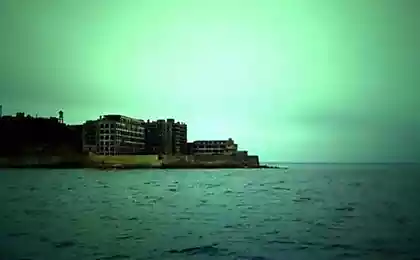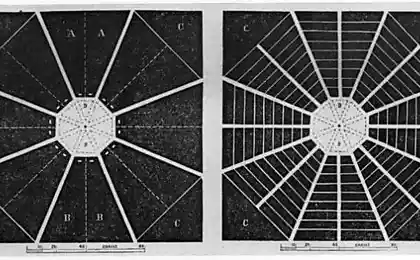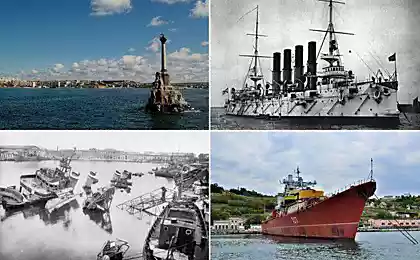1155
Russian cities, found themselves under water
Kalyazin - one of the most famous sunken Russian cities. The first mention of the village of Nikola on Żabno refer to the XII century, and after the foundation in the XV century Kalyazin Trinity (Macarius) monastery on the opposite bank of the Volga, the value of settlements increased. In 1775 Kalyazin was given the status of county town, and at the end of the XIX century there begins development of the industry: Fulling case, blacksmithing craft, shipbuilding. The town was partially submerged during the creation of the Uglich hydroelectric power plant on the Volga River, the construction of which was carried out in 1935-1955, respectively. It faded Trinity Monastery and architectural complex of the Monastery of St. Nicholas Zhabenskogo, as well as most of the historical buildings of the city. From it was only sticking out of the water bell tower of St. Nicholas Cathedral, which has become one of the main attractions of the central part of Russia.
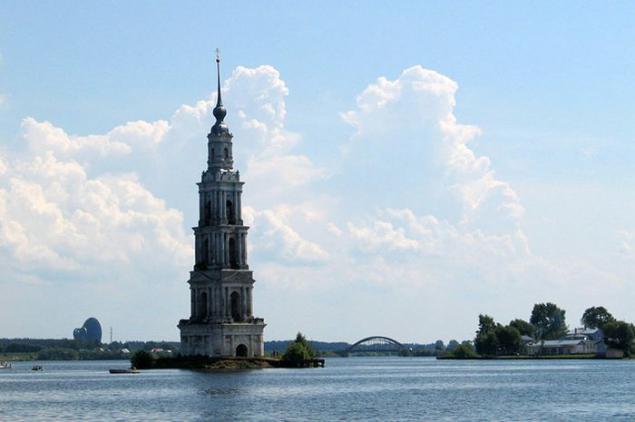
Mologa is the most famous city, is completely flooded during the construction of the Rybinsk Reservoir. This is a rare case where a settlement has not been moved to another location, and completely eliminated: in 1940 his story was lost. Mologa village has been known since XII-XIII century, and in 1777 it received the status of county town. In the XIX century it was built Afanasievskiy monastery and several churches. With the advent of Soviet rule the city became a regional center with a population of about 6000 people. Mologa numbered about a hundred stone houses and 800 wooden ones. After 1936 it was announced about the upcoming flooding of the city, began the resettlement of residents. Most mologzhan settled Community Features Slip Rybinsk in the village, while the rest live in different cities of the country. Since 1960 Rybinsk mologzhan are meetings at which they recall their lost city.
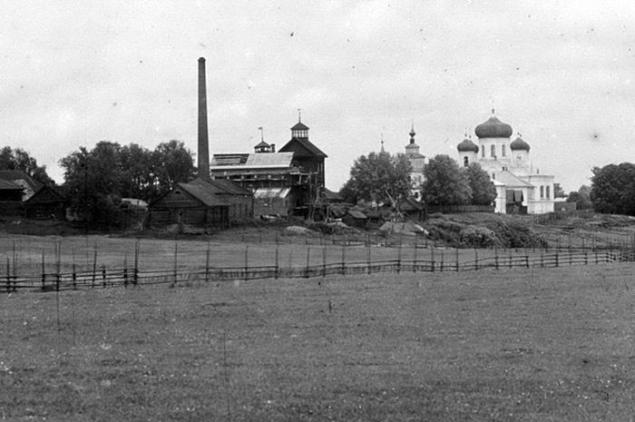
Korcheva is the second (and last) completely flooded city in Russia, which then ceased to exist. This village in the Tver region was on the right bank of the Volga River on both sides of the stump, near the town of Dubna. In the annals of the village it is mentioned from the XVI century, and it received city status in 1781. By the 1920s the population stump was 2, 3 thousand people. Basically, there were wooden buildings, though there were some stone buildings, including three churches. In 1932, the government approved a plan to build a canal, "the Moscow-Volga" and the city was in a flood zone. March 2, 1937 Center Konakovo district was moved to Konakovo, also moved here and residents Korcheva. Today undrowned territory Korcheva preserved cemetery and one stone building - the house of merchant Christmas.
City Puchezh exists to this day, but his entire old part of the water has gone under the Gorky reservoir in 1955-1957, respectively. The village is mentioned in the sources from the XVI century. Its inhabitants engaged in trade, fishing, gardening. In 1793, the settlement became planted, and in the first half of the XIX century there was a recruitment center boatmen. In 1862 there was built a flax factory. In 1955-1957 years in connection with the future flooding of the city it was decided to postpone Puchezh to higher ground. Part of the wooden buildings were moved to a new city, and all the stone buildings were destroyed. Rebuilt again the town exists today: in 2014 a population of 7624 people.
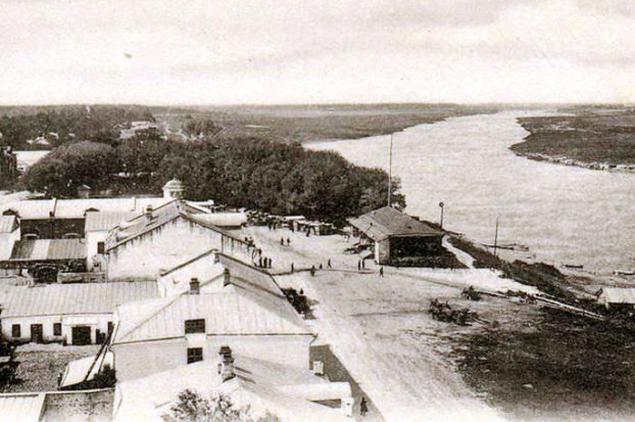
Vesegonsk, flooded in 1939 in connection with the creation of the Rybinsk Reservoir, known since 1564. In those days, on the site of the future city was a village All Ёgonskaya. In the XVI-XIX centuries, the settlement was an important trade center. It bought and sold salt, wax, hops, fish, furs, and more. Since 1796 Vesegonsk - unimportant town of Tver province, and since 1803 - the county town. It is mentioned in "Dead Souls" by Gogol as an example of a provincial county town, "... And the court wrote: transmit to you out of jail Tsarevokokshaisk in such and such a city, and the court wrote again: you transmit in any Vesegonsk, and you're moving Statement from prison to prison and say, looking at the new abode: "No, this is worse than a prison Vesegonsk: there though and grandmother, so there is a place, and society more! '." By 1930, in Vesyegonsk lived about 4 thousand people. During flooding completely destroyed the Old Town, and a new building was located to the south, on the collective lands. At the same time the town was downgraded to a working village. Again Vesegonsk received city status in 1953. From the old buildings are preserved only in ensembles and Kazan Trinity churches and cemetery Church of St. John the Baptist.
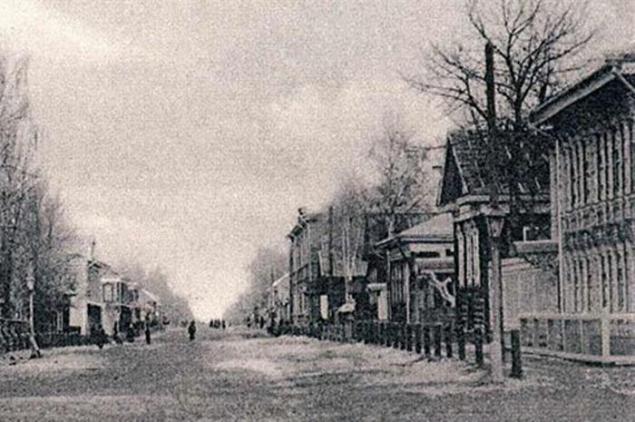
Stavropol (unofficial name - Stavropol-Volzhsky and Stavropol-on-Volga), a city in the Samara region, was founded in 1738 as a fortress. Number of inhabitants fluctuated greatly: in 1859 lived here 2, 2 thousand people, in 1900 - about 7 thousand, and in 1924 the population has decreased so much that the city officially became a village (city status returned in 1946). At the time of the flooding in 1950 in Stavropol, there were about 12 thousand people. The city was moved to a new location, and in 1964 it was renamed in Togliatti. The rapid development of the city is connected with the appearance of large industrial enterprises ("Volgotsemmash", "Kuibyshev" and "KuybyshevFosfor" and others.).
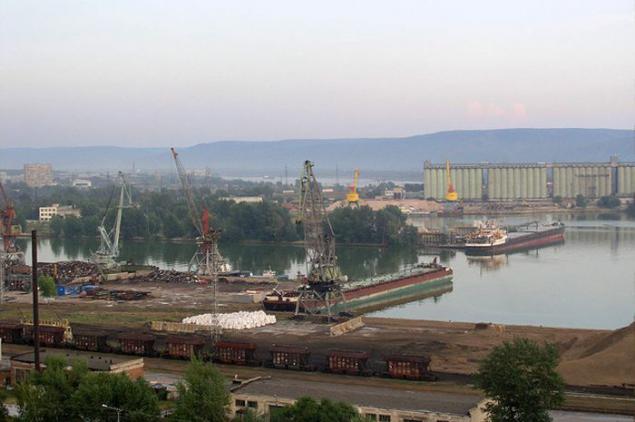
Kuibyshev (Spassk-Tatar) is mentioned in the annals of 1781. In the second half of the XIX century there were 246 houses, one church, and the beginning of 1930 there lived 5, 3 thousand people. In 1936 the town was renamed Kuibyshev. In 1950 he was in the flood zone of the Kuibyshev reservoir and has been completely rebuilt at a new location next to the ancient settlement of Bulgar. Since 1991, it was renamed in Bulgaria and soon has all chances to become one of the major tourist centers of Russia and the world. In June 2014 the ancient settlement of Bulgar (Bulgarian State Historical and Architectural Museum-Reserve) was included in the UNESCO World Heritage List.
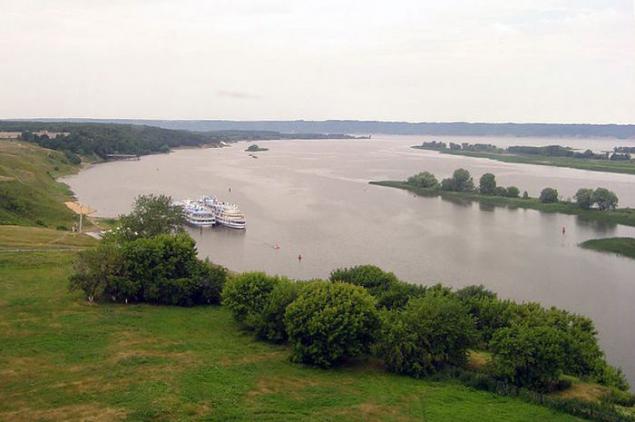

Mologa is the most famous city, is completely flooded during the construction of the Rybinsk Reservoir. This is a rare case where a settlement has not been moved to another location, and completely eliminated: in 1940 his story was lost. Mologa village has been known since XII-XIII century, and in 1777 it received the status of county town. In the XIX century it was built Afanasievskiy monastery and several churches. With the advent of Soviet rule the city became a regional center with a population of about 6000 people. Mologa numbered about a hundred stone houses and 800 wooden ones. After 1936 it was announced about the upcoming flooding of the city, began the resettlement of residents. Most mologzhan settled Community Features Slip Rybinsk in the village, while the rest live in different cities of the country. Since 1960 Rybinsk mologzhan are meetings at which they recall their lost city.

Korcheva is the second (and last) completely flooded city in Russia, which then ceased to exist. This village in the Tver region was on the right bank of the Volga River on both sides of the stump, near the town of Dubna. In the annals of the village it is mentioned from the XVI century, and it received city status in 1781. By the 1920s the population stump was 2, 3 thousand people. Basically, there were wooden buildings, though there were some stone buildings, including three churches. In 1932, the government approved a plan to build a canal, "the Moscow-Volga" and the city was in a flood zone. March 2, 1937 Center Konakovo district was moved to Konakovo, also moved here and residents Korcheva. Today undrowned territory Korcheva preserved cemetery and one stone building - the house of merchant Christmas.
City Puchezh exists to this day, but his entire old part of the water has gone under the Gorky reservoir in 1955-1957, respectively. The village is mentioned in the sources from the XVI century. Its inhabitants engaged in trade, fishing, gardening. In 1793, the settlement became planted, and in the first half of the XIX century there was a recruitment center boatmen. In 1862 there was built a flax factory. In 1955-1957 years in connection with the future flooding of the city it was decided to postpone Puchezh to higher ground. Part of the wooden buildings were moved to a new city, and all the stone buildings were destroyed. Rebuilt again the town exists today: in 2014 a population of 7624 people.

Vesegonsk, flooded in 1939 in connection with the creation of the Rybinsk Reservoir, known since 1564. In those days, on the site of the future city was a village All Ёgonskaya. In the XVI-XIX centuries, the settlement was an important trade center. It bought and sold salt, wax, hops, fish, furs, and more. Since 1796 Vesegonsk - unimportant town of Tver province, and since 1803 - the county town. It is mentioned in "Dead Souls" by Gogol as an example of a provincial county town, "... And the court wrote: transmit to you out of jail Tsarevokokshaisk in such and such a city, and the court wrote again: you transmit in any Vesegonsk, and you're moving Statement from prison to prison and say, looking at the new abode: "No, this is worse than a prison Vesegonsk: there though and grandmother, so there is a place, and society more! '." By 1930, in Vesyegonsk lived about 4 thousand people. During flooding completely destroyed the Old Town, and a new building was located to the south, on the collective lands. At the same time the town was downgraded to a working village. Again Vesegonsk received city status in 1953. From the old buildings are preserved only in ensembles and Kazan Trinity churches and cemetery Church of St. John the Baptist.

Stavropol (unofficial name - Stavropol-Volzhsky and Stavropol-on-Volga), a city in the Samara region, was founded in 1738 as a fortress. Number of inhabitants fluctuated greatly: in 1859 lived here 2, 2 thousand people, in 1900 - about 7 thousand, and in 1924 the population has decreased so much that the city officially became a village (city status returned in 1946). At the time of the flooding in 1950 in Stavropol, there were about 12 thousand people. The city was moved to a new location, and in 1964 it was renamed in Togliatti. The rapid development of the city is connected with the appearance of large industrial enterprises ("Volgotsemmash", "Kuibyshev" and "KuybyshevFosfor" and others.).

Kuibyshev (Spassk-Tatar) is mentioned in the annals of 1781. In the second half of the XIX century there were 246 houses, one church, and the beginning of 1930 there lived 5, 3 thousand people. In 1936 the town was renamed Kuibyshev. In 1950 he was in the flood zone of the Kuibyshev reservoir and has been completely rebuilt at a new location next to the ancient settlement of Bulgar. Since 1991, it was renamed in Bulgaria and soon has all chances to become one of the major tourist centers of Russia and the world. In June 2014 the ancient settlement of Bulgar (Bulgarian State Historical and Architectural Museum-Reserve) was included in the UNESCO World Heritage List.












